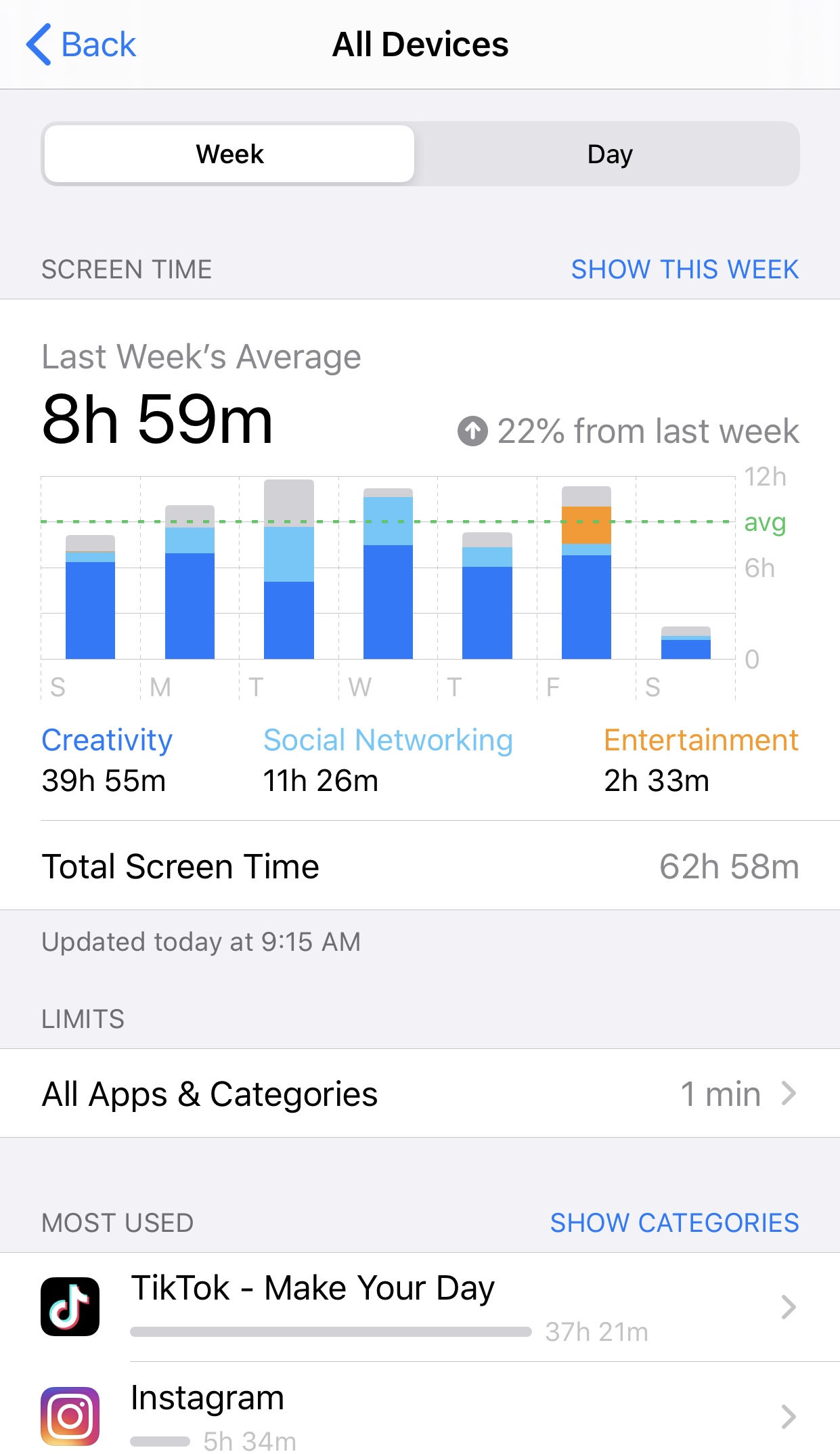




The Truth About Screen Time and Finding Time to Work Out
Let’s “STOP THE CAP”. Whether it’s checking emails, scrolling through social media, streaming movies, or engaging in online gaming, screens dominate much of our waking hours. According to recent studies, the average American spends over 7 hours a day looking at screens. While technology has undoubtedly enhanced our lives in many ways, it has also become a significant barrier to physical activity.
The Screen Time Reality
Take a moment right now to check your smartphone’s screen time report. If you’re like most people, you might be shocked by the hours spent on various apps and activities. This real-time data offers an eye-opening perspective on how much time is dedicated to screen use each day. From work-related tasks to leisure activities, it all adds up, often leaving little room for anything else, including exercise.
The Myth of “No Time to Work Out”
One of the most common excuses for not exercising is the lack of time. However, when confronted with the reality of our screen time, this excuse starts to lose its validity. The truth is, we all have 24 hours in a day, and it’s how we choose to allocate those hours that makes the difference. If you’re spending 7 hours a day on screens, there’s definitely room to carve out time for a workout.
Reclaiming Your Time
The key to reclaiming time for exercise lies in managing and prioritizing your daily activities. Here are a few steps to help you make this shift:
Evaluate Your Screen Time: Use your smartphone or digital devices to check your weekly screen time report. Identify the activities that consume the most time and consider which ones can be reduced or eliminated.
Set Realistic Goals: Start with small, achievable goals for reducing screen time. For instance, aim to cut down by 30 minutes each day and gradually increase this reduction over time.
Schedule Workouts: Treat your workouts like any other important appointment. Block out specific times in your calendar dedicated solely to exercise.
Combine Activities: If you enjoy watching TV or streaming shows, consider doing so while on a treadmill or stationary bike. This way, you can enjoy your favorite content without compromising your physical health.
Use Technology Wisely: There are numerous fitness apps and online workout programs available. Leverage these resources to turn your screen time into productive exercise sessions.
Be Mindful: Practice mindfulness by being aware of how much time you spend on screens. Set daily or weekly limits and stick to them.
The Benefits of Cutting Down Screen Time
Reducing screen time and incorporating regular exercise into your routine offers a multitude of benefits:
Improved Physical Health: Regular physical activity helps maintain a healthy weight, strengthens muscles and bones, and reduces the risk of chronic diseases.
Enhanced Mental Well-being: Exercise releases endorphins, which improve mood and reduce stress and anxiety.
Better Sleep: Less screen time, especially before bed, can lead to improved sleep quality.
Increased Productivity: A more active lifestyle can boost your energy levels and overall productivity.
Final Thoughts
The next time you find yourself saying, “I don’t have time to work out,” remember to check your screen time report. The numbers don’t lie. By consciously choosing to reduce screen time and prioritize physical activity, you can lead a healthier, more balanced life. So, take charge of your schedule, make fitness a priority, and see the positive changes unfold.
Ready to Get Started?
Put down your device for a moment and think about your health. Take a few steps today toward a more active lifestyle. You have the time; it’s just a matter of choosing how to use it. Your future self will thank you for making the change.








